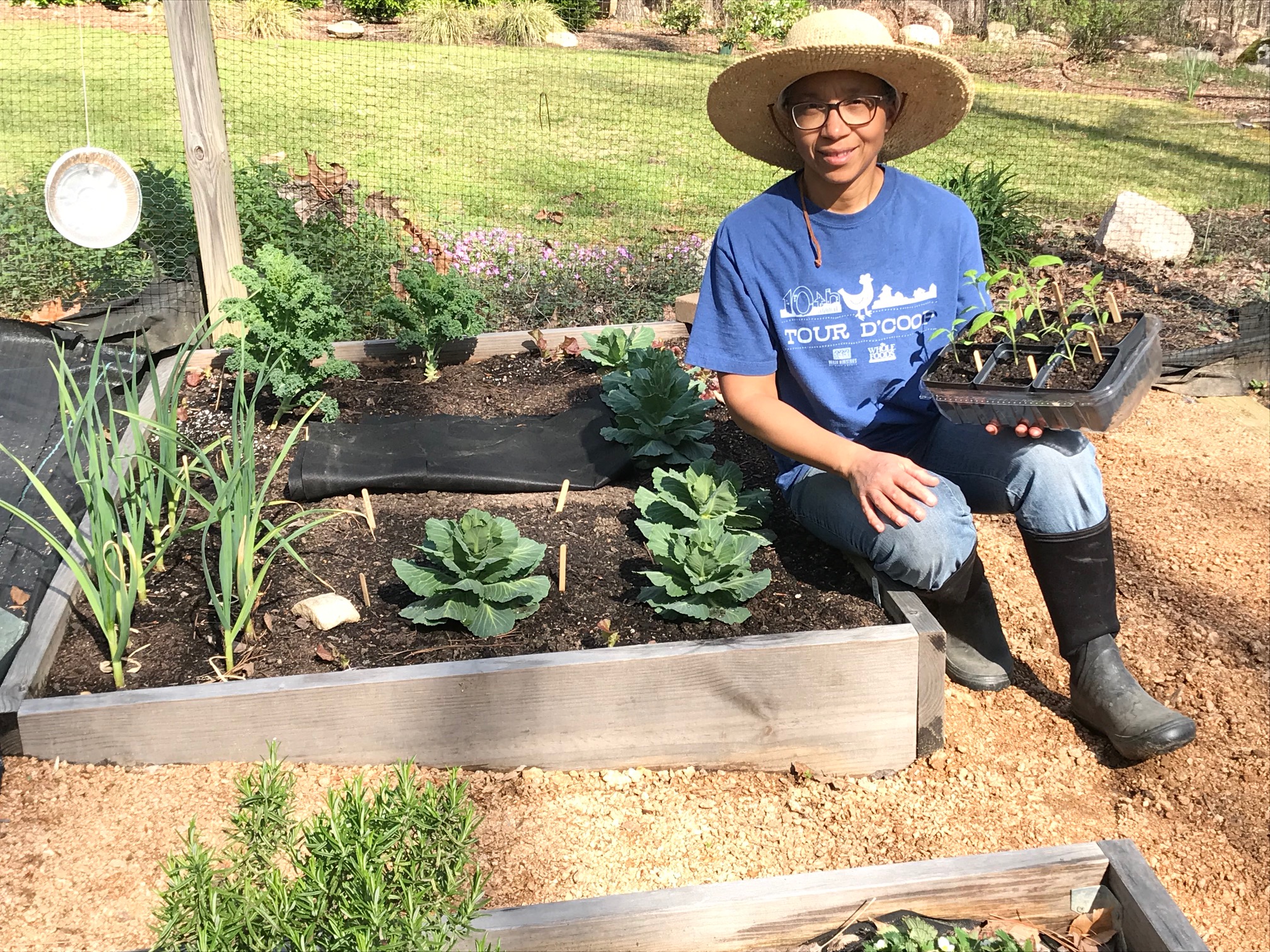Ergonomic Tools for Gardening
go.ncsu.edu/readext?716035
en Español / em Português
El inglés es el idioma de control de esta página. En la medida en que haya algún conflicto entre la traducción al inglés y la traducción, el inglés prevalece.
Al hacer clic en el enlace de traducción se activa un servicio de traducción gratuito para convertir la página al español. Al igual que con cualquier traducción por Internet, la conversión no es sensible al contexto y puede que no traduzca el texto en su significado original. NC State Extension no garantiza la exactitud del texto traducido. Por favor, tenga en cuenta que algunas aplicaciones y/o servicios pueden no funcionar como se espera cuando se traducen.
Português
Inglês é o idioma de controle desta página. Na medida que haja algum conflito entre o texto original em Inglês e a tradução, o Inglês prevalece.
Ao clicar no link de tradução, um serviço gratuito de tradução será ativado para converter a página para o Português. Como em qualquer tradução pela internet, a conversão não é sensivel ao contexto e pode não ocorrer a tradução para o significado orginal. O serviço de Extensão da Carolina do Norte (NC State Extension) não garante a exatidão do texto traduzido. Por favor, observe que algumas funções ou serviços podem não funcionar como esperado após a tradução.
English
English is the controlling language of this page. To the extent there is any conflict between the English text and the translation, English controls.
Clicking on the translation link activates a free translation service to convert the page to Spanish. As with any Internet translation, the conversion is not context-sensitive and may not translate the text to its original meaning. NC State Extension does not guarantee the accuracy of the translated text. Please note that some applications and/or services may not function as expected when translated.
Collapse ▲By Kim Outing
Master Gardener℠ volunteer intern in Chatham County
We all know that setting up your desk or workstation using ergonomic design principles can help to reduce stress and fatigue on joints, back/neck/shoulders, eyes, etc. If you have ever used a desktop computer, keyboard, and mouse, you know that inadequate attention to ergonomics can result in all sorts of ailments, like the dreaded “mouse arm.” (I speak from experience!) So, when you work in the garden, think about your garden tools and equipment in the same way – look to optimize for performance and safety!
Essential garden hand tools such as trowels, cultivators, and weeders, can be ergonomically designed or adapted to reduce strain on joints. Here are some questions to consider when choosing tools for gardening:
- Can you keep your wrist straight (neutral) while using the tool? A neutral position can improve grip strength and reduce stress on the wrist and hand. Hand tools allowing a neutral position for the wrist will often have a curved handle or a handle that is perpendicular to the tool head.
- Do you have concerns about your hand/wrist strength? Some ergonomic garden tools are designed to allow for the attachment of a forearm cuff. With the cuff stem secure and the cuff around your forearm, you grip the tool’s ergonomic handle and get to work. This helps you leverage more of the arm muscles and reduces hand and wrist fatigue.
- Can you telescope the tool (or lengthen with an extender attachment or easy change handle) to reduce bending and reaching?
- Do shears, pruners, and loppers have motion assisted action? Tools with ratcheting mechanisms, such as ratcheting loppers or pruners, require less effort. You can also select spring-action tools to reduce strain when cutting and pruning.
- Can you use long-handled tools, like shovels, with minimal bending? Having a second handle (add-on or integrated) partway down will help, and also provide more control.
- Is the tool a manageable weight and size for you to get the job done?
- Can you get a good, comfortable grip?
You can find a good selection of ergonomically designed garden tools online. Some are available with add-ons like forearm cuffs and reach extenders. You can also adapt your conventional tools by purchasing attachments, such as clamp-on handles to keep your wrists neutral. The publication Arthritis and Gardening: A Guide for Home Gardeners and Small Scale Producers, includes a discussion of ergonomic and adaptive tools. The Assistive Technology Toolbox of the National AgrAbility Project has links to ergonomic and adaptive tool and equipment options for gardening and lawn care, and this video clip features some of the types of tools we have highlighted here.
You can also DIY some of your tool upgrades. Here is a super easy DIY idea for adapting the grip of your tools for improved comfort and reduced slippage: cover the tool handle/grip area with foam pipe insulation and secure with duct tape. You can find detailed instructions on this at Big Handles for Comfortable Grips – Master Gardener Program, University of Wisconsin-Madison. Keep in mind that, according to the Arthritis and Gardening publication referenced above, your thumb and forefinger should meet when wrapped around the handle of your tool, since if the handle is too fat, it can lead to fatigue. And we don’t need that! Happy gardening!





